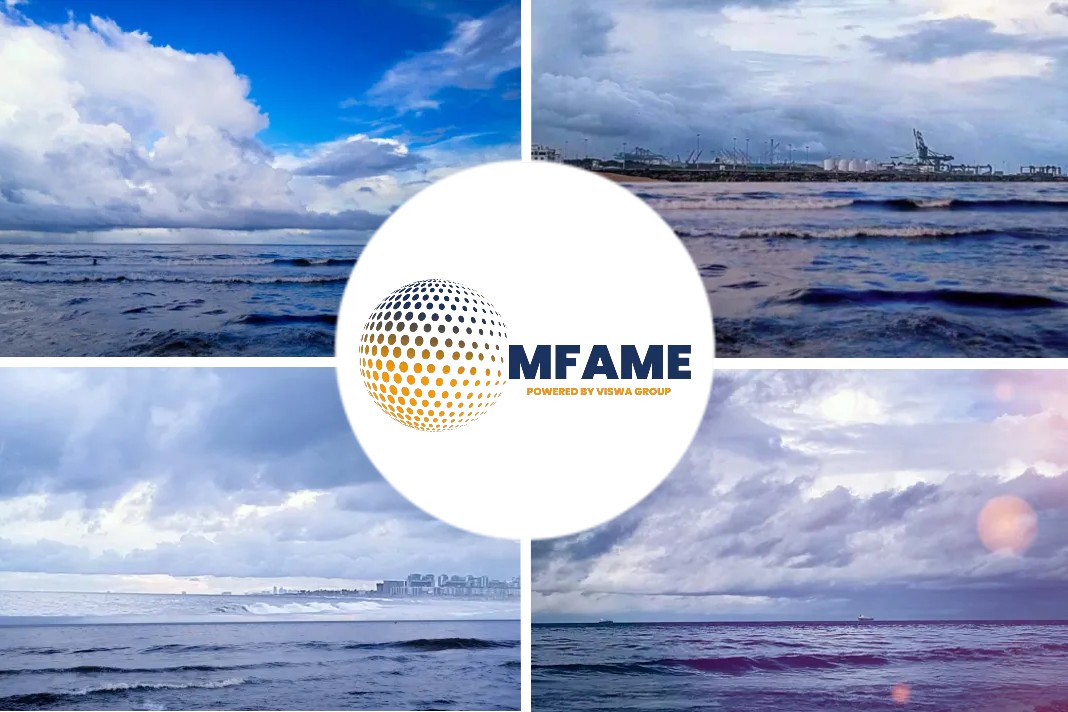Capesize
After a cut throat couple of weeks, the market finally appeared to have found a floor and rates ticked up. Those analysts that predicted a strong fourth quarter have, as yet, offered few reasons for the dramatic fall. The key trade from West Australia to China recovered to the low-mid $6.00s as the week closed out, up from the low of $5.30, but still adrift of $8.50 paid 10 days ago. Similarly, Brazil/China rates continued to take a hit, dropping to around $15.00. Vale, during the week, took upwards of eight to 10 ships, but barely made an impression on the list of ballasters enroute. However, there were signs that some owners were prepared to drop anchor rather than take rates that showed less than operating costs. The North Atlantic also remained in the doldrums, with just a touch more business as the week closed out, but with some increase in rates after the recent debacle. The Puerto Bolivar/Rotterdam rate closed out the week closer to $8.00 than $7.00, limiting trading on the fronthaul, with rates hovering around $20,000.
Panamax
Many will have been relieved to see the end of an eventful week. With China apparently cancelling coal stems, there was uncertainty mid-week, with several ships failing on subjects from Indonesia. However, this later proved to be the most active market in the Pacific, as owners sought to buy some time instead of ballasting. Despite an increase in NoPac stems, rates remained under pressure all week symbolised by the Steel Authority of India awarding a tender, 12 November, at $16.20 Australia to India, then a similar cargo three days later at $14.80. Confidence in the South American market was also shattered in the second half of the week, with significantly lower rates concluded for early December dates. A modern Kamsarmax fixed at $14,500 plus $450,000 ballast bonus. The only bright spot appeared to be the North Atlantic, which still produced some solid rates for transatlantic business at around $15,000 for Kamsarmaxes.
Supramax
The BSI continued to fall last week, especially the Asian routes. Some period activity was seen, with a 63,000dwt open CJK covered at $12,350 for five to seven months trading redelivery worldwide.
The Atlantic traded sideways, with limited activity from the Continent. The US Gulf saw a little more interest, a 58,000dwt vessel was rumoured fixed from here to the UK-Continent at $20,250, whilst a 55,000 tonner fixed to West Coast Mexico in the mid $20,000s. The East Mediterranean remained positional, but some good numbers were seen as a 63,000dwt went delivery Greece, via the Black Sea redelivery Continent at $16,100. East Coast South America was steady, brokers said.
The Asian market remained slow, but as the week ended some suggested a floor was possibly reached, but with coal import restrictions into China a doubt remained. A 63,000dwt fixed delivery Vietnam, via Indonesia, redelivery India, at $9,500.
Handysize
Similar to the BSI, the BHSI remained in negative territory throughout the week. East Coast South America showed a minimal improvement, with sources suggesting more interest on the smaller Handysize ships. There also appeared to be less interest on the bigger-sizes from the Continent during mid-week, with the market remaining flat. In the East, talk of China customs suspending imported coal prompted uncertainty, especially in the Pacific market, prompting rates to fall further.
A 33,000dwt open Poti, was reportedly fixed for a trip to the East Mediterranean at $14,500. A 37,000dwt was booked from Constanza for a trip to the UK Continent at $12,500. A 35,000 tonner, open North Coast South America, went for inter-US Gulf business at $15,000. The 28,000dwt sizes were talking around mid $7,000s from Japan or Singapore for a round voyage, but brokers suggested there were disparities between charterers and owners on rates, with little cargo being circulated.
Did you subscribe for our daily newsletter?
It’s Free! Click here to Subscribe!
Source: The Baltic Briefing
















